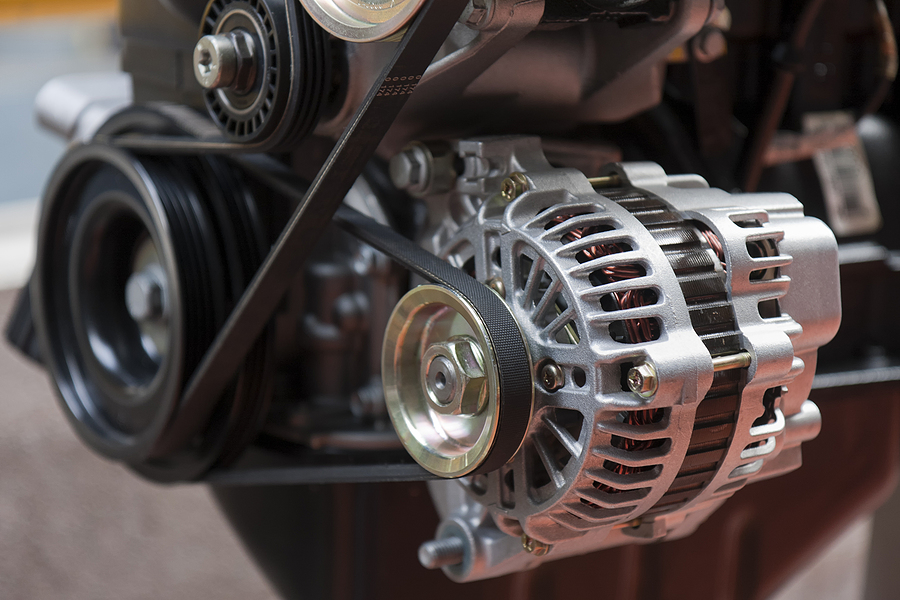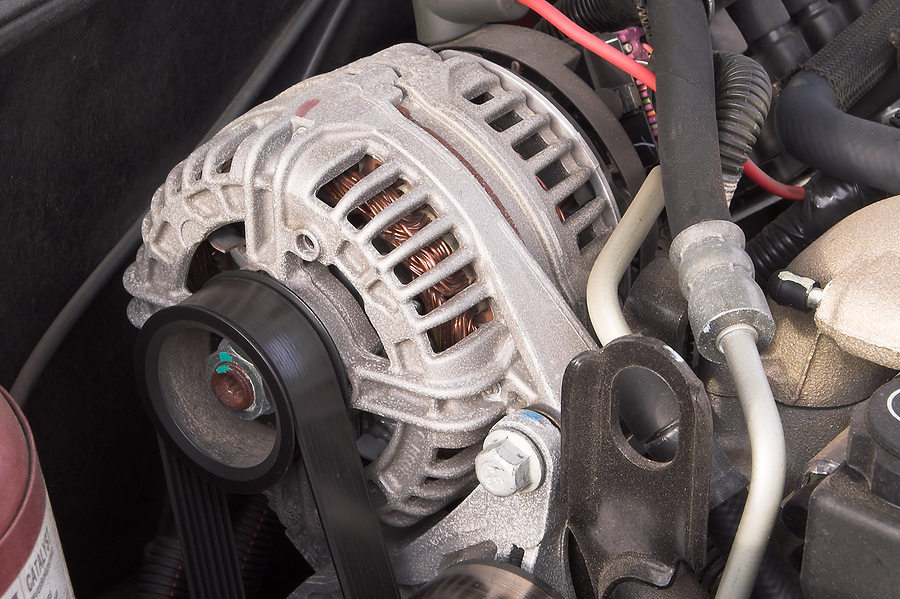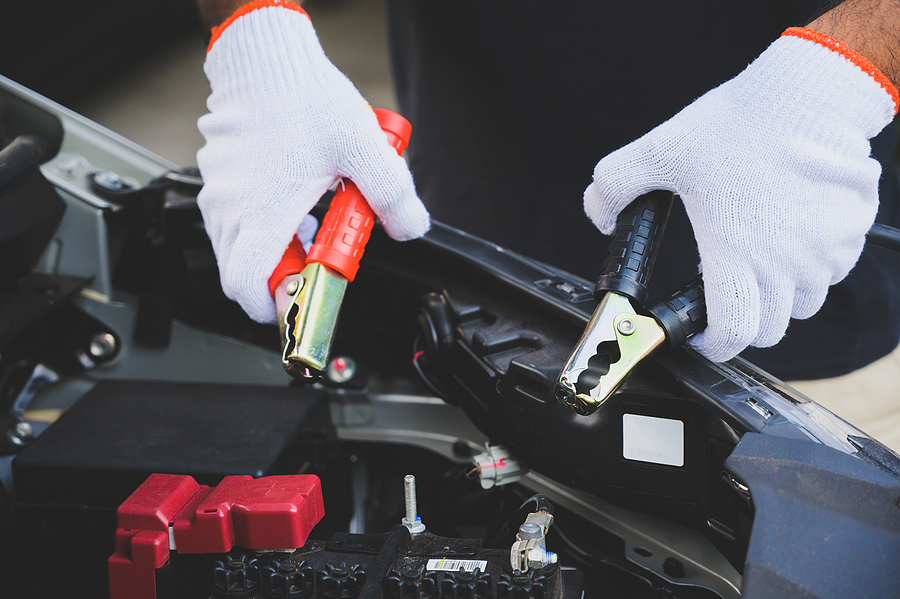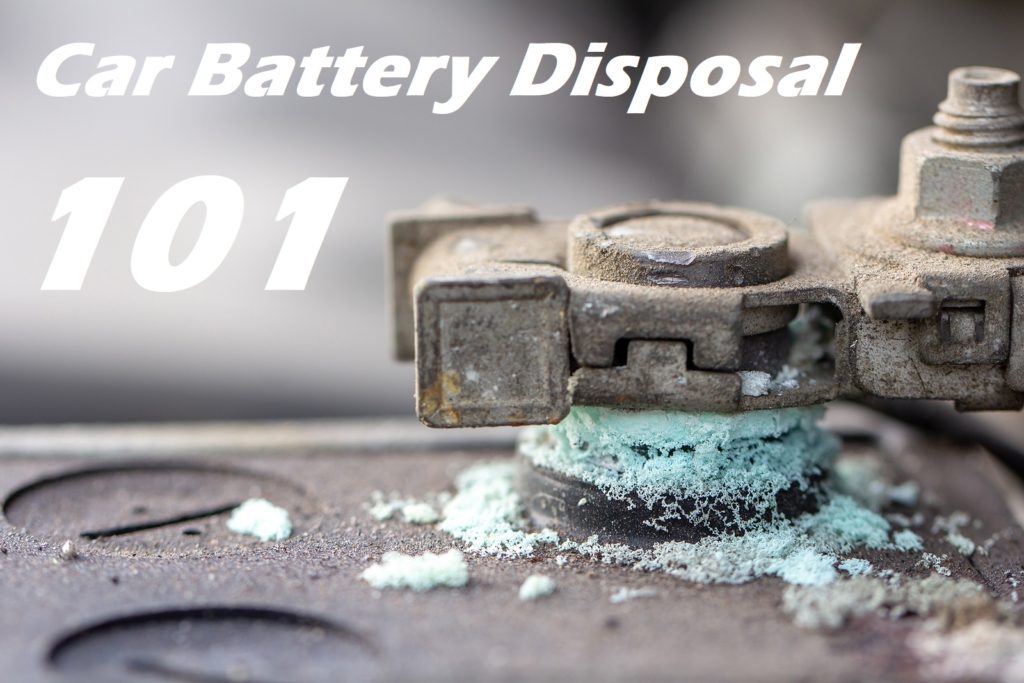Owning a German car comes with a sense of pride and prestige. Whether it’s the engineering excellence or the luxurious driving experience, vehicles from Germany stand out from the crowd. However, like any high-performance machine, they require meticulous care to maintain their peak condition. One crucial component that demands attention is the catalytic converter. This guide takes you through everything you need to know about catalytic converter repair and replacement specifically for German cars.

The 101 on Catalytic Converters
What Catalytic Converters Do
Essentially, a catalytic converter is a device designed to reduce emissions. It transforms harmful gases and pollutants from an internal combustion engine’s exhaust into less harmful substances through a redox reaction. It’s a crucial component for not only keeping your car running clean but also for meeting legal emissions standards.
Signs of Catalytic Converter Problems
- Decreased Engine Performance
- Increased Fuel Consumption
- Check Engine Light Comes On
- Rattling Noise from the Undercarriage
These symptoms could indicate a failing catalytic converter. It’s crucial to address these signs promptly to prevent further damage to your vehicle.
Importance of Timely Repair or Replacement
Neglecting issues with your catalytic converter can lead to severe performance drops and, eventually, engine damage. For German cars, which are designed with precision engineering, ensuring every part functions correctly is essential to maintain their performance integrity and value.
Unique Considerations for German Cars
German cars are renowned for their quality and performance, which extends to their components like the catalytic converter. Here’s what you need to consider:
High-Quality Parts – Using high-quality replacement parts is non-negotiable. Ensuring that the new catalytic converter matches your car’s specifications keeps it running as intended by the manufacturer.
Specialized Service – German vehicles often require specialized knowledge for repairs, meaning you’ll want a technician experienced with European car maintenance when handling catalytic converter issues.
Cost Considerations – It’s no secret that maintaining a German car, including parts like the catalytic converter, can be more expensive. However, investing in quality repairs ensures the longevity and performance of your vehicle.
Tips for Maintaining Catalytic Converters
To avoid frequent repairs and replacements, here are some maintenance tips:
- Use the correct fuel type as recommended by your car’s manufacturer.
- Keep up with your car’s maintenance schedule to ensure optimal operation.
- Address any engine performance issues promptly since they can affect the catalytic converter’s efficiency.
Conclusion
Regularly maintaining your vehicle’s catalytic converter is essential to keep your German car running efficiently and environmentally friendly. By paying attention to the signs of wear and ensuring timely repair or replacement, you’ll extend the life of your car and enhance your driving experience.
In this era where European cars set the benchmark for luxury and performance, understanding the nuances of components like catalytic converters and investing in their upkeep is crucial. Remember, the key to enjoying the unparalleled experience your German car offers lies in regular maintenance and addressing issues like Catalytic Converter Repair and Replacement with the seriousness they demand.
If you’re experiencing problems with your catalytic converter or just want to ensure everything is in top shape, consider seeking a professional diagnostics check. Contact Autohaus Dierolf at 317-571-0800 for European automotive service and repair in Carmel, Indiana. Our expertise in German car maintenance and European automotive repair ensures your vehicle receives the care it deserves. Reach out today and keep your German car in its best condition.
Related Posts:
Decoding Car Noises: Your Guide to Automotive Sound Signals
Check Engine Light On? Here’s What You Should Do
Alternator Repair or Replacement for German Cars: Auto Electrical Troubleshooting





